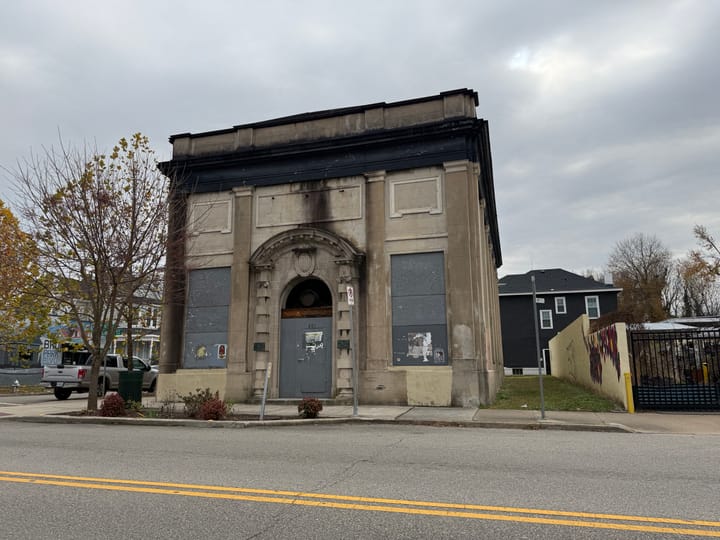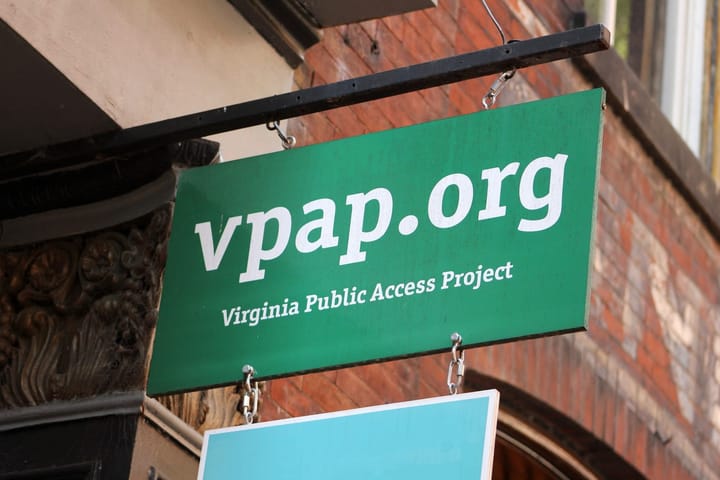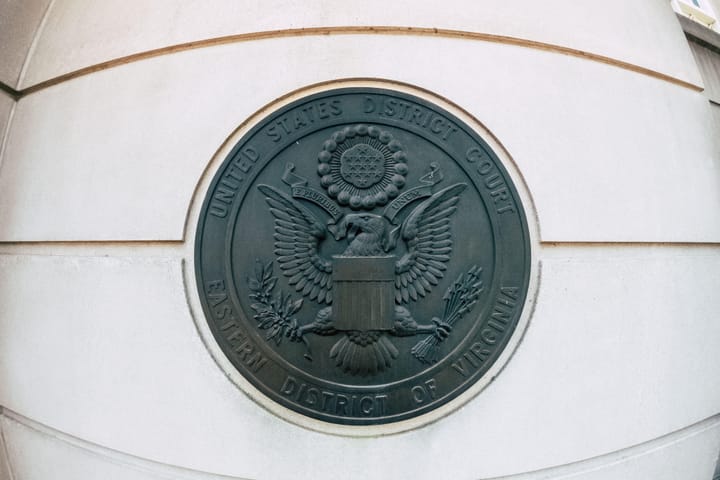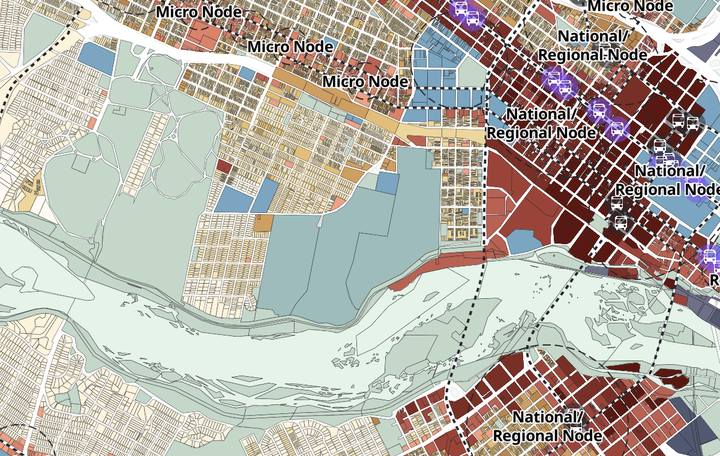Richmond eyes closed landfill as potential solar farm and pollinator meadow site
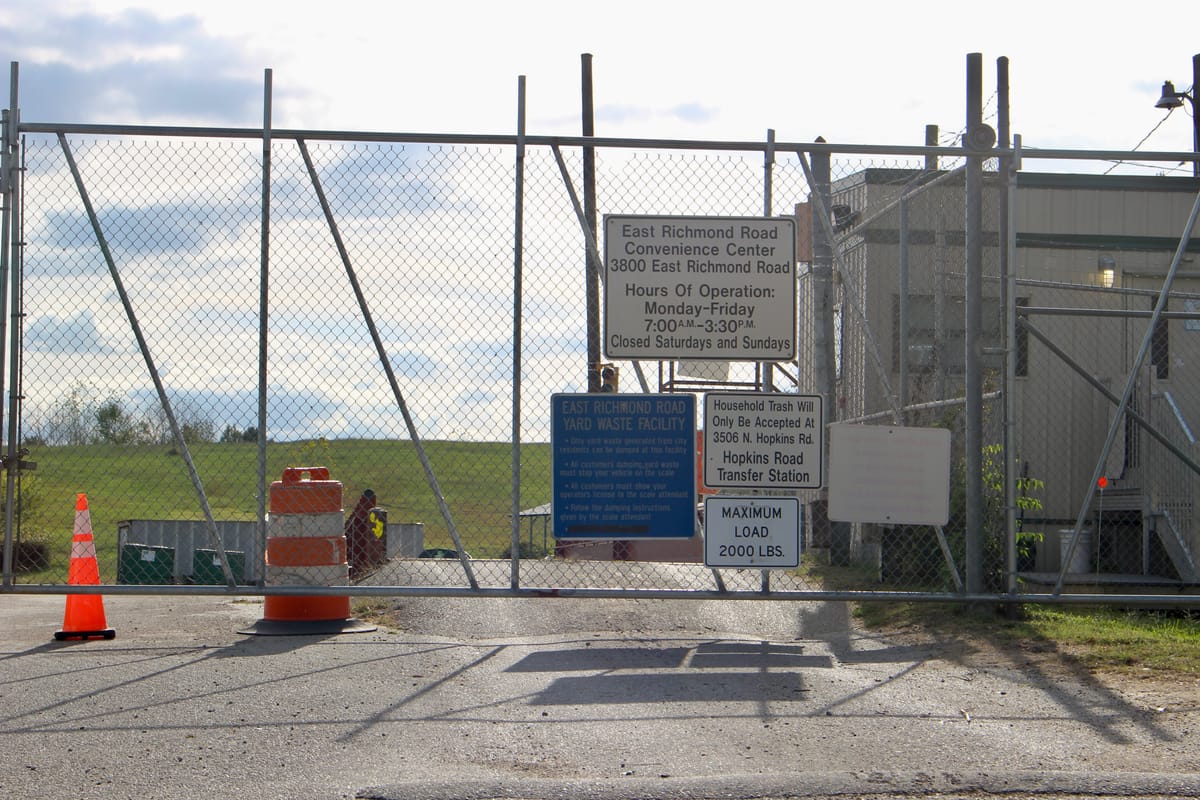
A long-closed Richmond landfill could be on the brink of a new chapter as the City Council prepares to make a decision about awarding a contract to build a solar farm and pollinator meadow on the site.
On Oct. 14, the Council is scheduled to vote on a proposal from an as-yet unnamed solar developer who for several months has been negotiating with the city on a ground lease that would let it install and operate a solar farm at the old landfill at 3800 East Richmond Rd.
“These projects occur in cities across the country all the time,” said Laura Thomas, director of Richmond’s Office of Sustainability. “There’s no reason we shouldn’t be doing this.”
The landfill, which covers about 50 acres of a 150-acre site, was closed in 1983 when the city of Richmond began hiring a contractor to haul away trash rather than managing its own dumps. A cap was placed over the accumulated trash, and today a portion of the site surrounding the closed landfill is still used as a place where residents can drop off items like brush, batteries and tires. Thomas said the dropoff site would still continue to function alongside the solar farm.
While similarly named and not too far away, the former East Richmond Road landfill is separate from the East End Landfill off Darbytown Road in Henrico County, which was opened in 1984 and is commonly known as TEEL. That landfill’s permit was revoked by the state in 2023.
From landfill to brightfield
Richmond began considering putting solar panels on its landfill — a type of initiative commonly known as a brightfields project — after receiving an unsolicited bid from a developer about two years ago, said Thomas.
More than half a dozen developers subsequently responded to a public request issued by the city to see what might be possible. Those proposals were then winnowed down to one over two rounds of interviews, and the city’s preferred vendor entered negotiations with administration officials in October 2024.
The agreement that has been brokered and is set to come before the City Council next week is expected to produce roughly $2.7 million in revenue for the city over the next 35 years through a combination of upfront payments and annual rent.
Of that, up to $500,000 will go into an account to be reinvested in sustainability projects in the surrounding community based on what community members say they want.
“Perhaps the community wants electric vehicle charging stations in their neighborhood. Perhaps they want a community garden and weekly education or monthly education. Maybe they want to do youth programming events,” said Thomas. “We just want to make it really can be determined by the community and what they decide their needs are.”
Two meetings have already been held to get feedback from neighbors in the adjoining Oakwood, Chimborazo and Fulton areas, with more expected this fall as the city and developer finalize what’s known as a community benefits agreement.
Thomas said that agreement is seen by the city as a critical part of the overall deal because of the role it can play in transforming a parcel that was once a negative for neighbors — a source of odors, spillover trash and noise — into a tool of positive change.
“We have successfully negotiated nearly all of the profit out of this,” said Thomas. “There’s not a lot of return on investment for folks that are going to bet on this. There is some, and so it is certainly worth it to them, but we have structured this in a way that really prioritizes investment into these communities.”
While the $500,000 linked to the landfill project will be earmarked for the 7th District where the site lies, the Office of Sustainability is hoping to use the community benefits approach in other places around Richmond in the future.
“There’s really fun, interesting ways that we can examine the land that we have and figure out how to create a priority list of areas based on social vulnerabilities where we want to see this sort of transformation take place,” said Thomas.
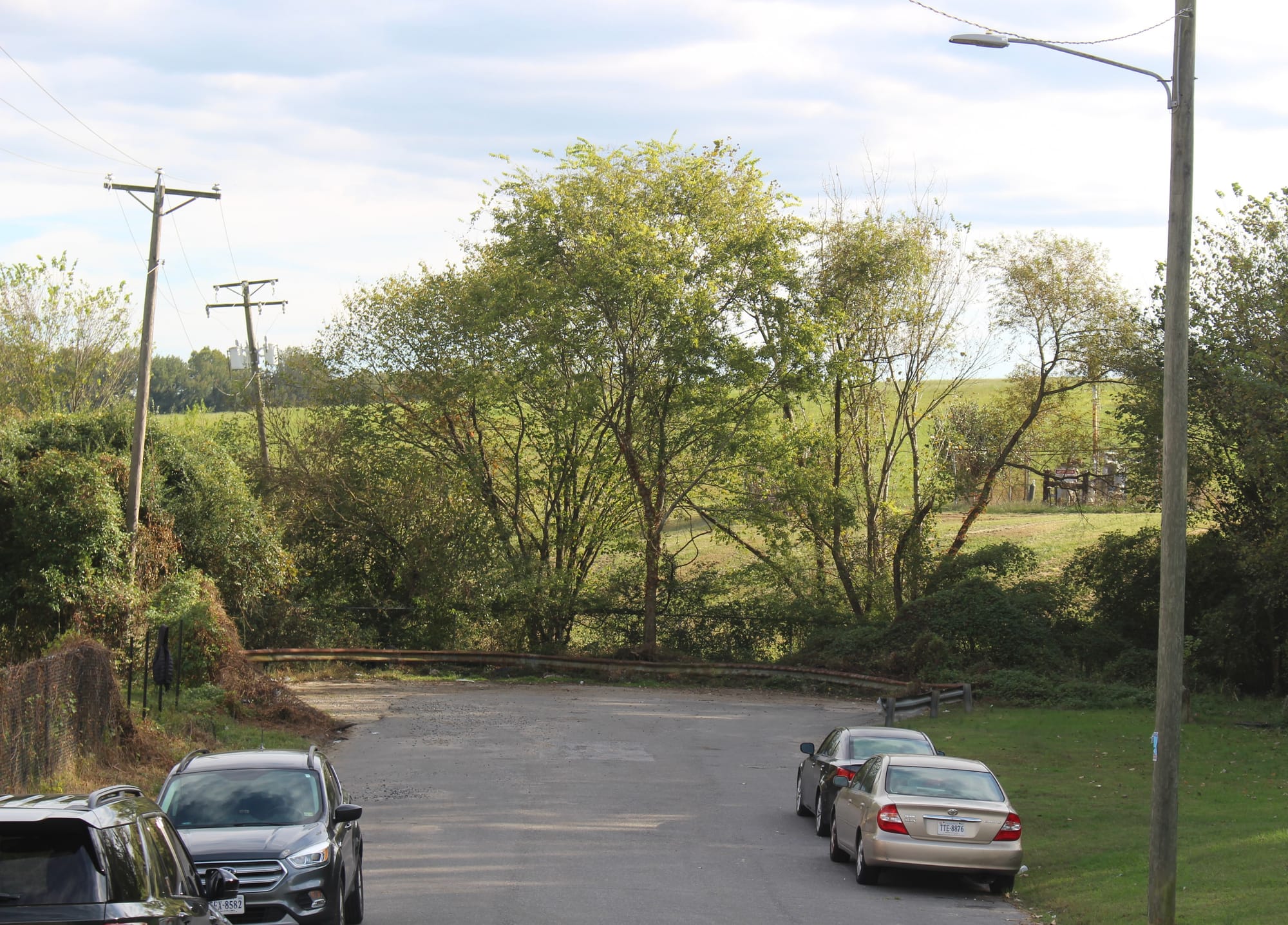
A lengthy process
If Richmond’s project comes to fruition, it will join two others underway in Henrico.
Will Jones, a spokesperson for the county, said work on a solar installation at the closed Springfield Road Landfill is gearing up, with the project expected to go into operation in winter 2025-26.
“It won’t provide electricity to the grid but will provide most of what’s needed to power a county Public Utilities pump station that’s on the property,” he wrote in an email.
A larger system that could provide electricity to the grid is also being planned at Henrico’s closed Nine Mile Road Landfill and is currently going through permitting.
Richmond’s proposal, which would install about 15 acres of solar panels, would generate roughly 5 megawatts of electricity, or enough to power 500 or more homes. Work could start as early as December 2026, with construction anticipated to take a year. The total cost of the project is expected to be $15 to $20 million.
Still, Thomas cautioned that the solar development process is complex, with many different points that could cause the project to stall out. Besides all of the typical hurdles developments have to clear like zoning and title issues, the project will need to make it through lengthy utility and grid connection approvals.
“There’s a lot of things that could cause the project to stop at any point, and we don’t want to lessen the importance of that when talking to the community,” she said. “I need to be very transparent with them on that. That’s the only downfall, is it’s so big and it’s so clunky, it just takes a lot of dedication to get these things across the line.”
Contact Reporter Sarah Vogelsong at svogelsong@richmonder.org
The Richmonder is powered by your donations. For just $9.99 a month, you can join the 1,000+ donors who are keeping quality local journalism alive in Richmond.


